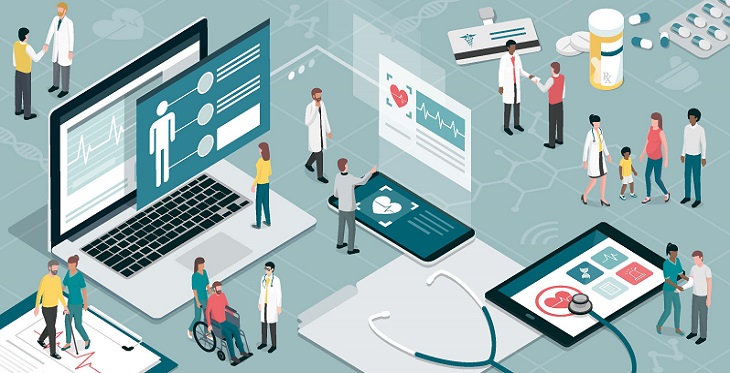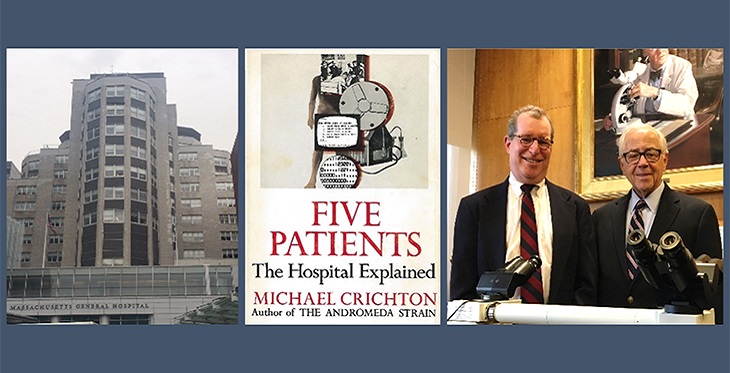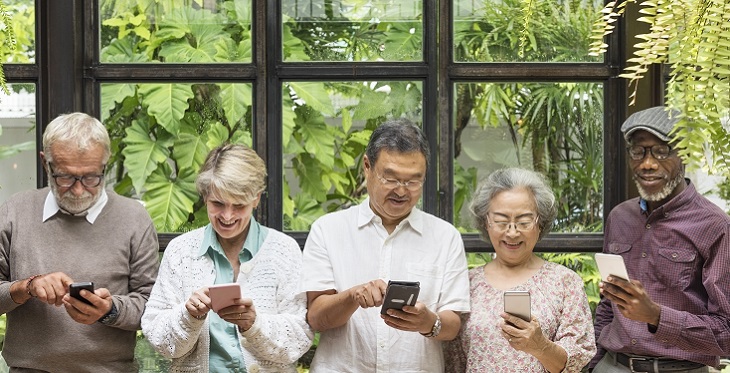Telehealth
ICT (Information and communication technology) has transformed the way we see the world by revolutionizing the medical industry and changing the modes of both medical practice and medical service delivery. According to the Center for Connected Health Policy, “Telehealth is a collection of means or methods for enhancing health care, public health, and health education delivery and support using telecommunications technologies. Telehealth encompasses a broad variety of technologies and tactics to deliver virtual medical, health, and education services.”1 Telehealth is widely used to support patients with chronic health conditions. Telehealth has real benefits for both patients and clinicians; it can help patients to better manage and understand long-term health conditions and it can help clinicians to track their patients’ health statuses and to intervene in a timely manner when potentially negative trends or abnormal measurements are observed.




